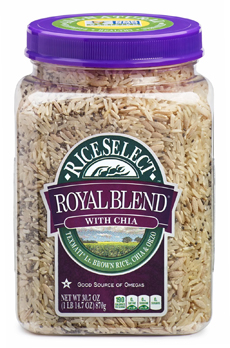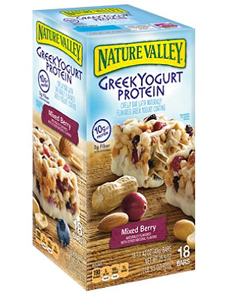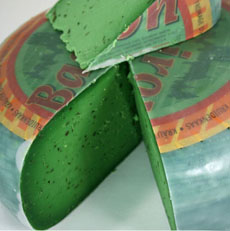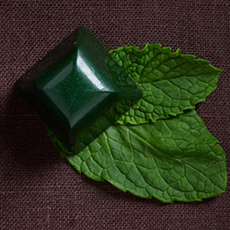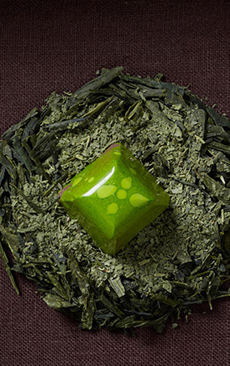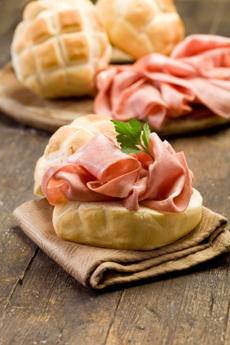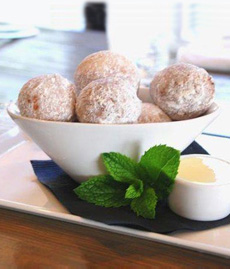|
March 3rd is National Cold Cuts Day, an American holiday.
Why American? The word is an Americanism dating back to 1940-45 according to the Random House Dictionary.
Sliced beef and turkey are not cold cuts.
The term refers specifically to precooked or cured meat, often in loaf or sausage form, that are sliced and served cold on sandwiches or on party trays.
These include salami, bologna, ham, liverwurst, Italian salume, turkey roll, other cured and processed meats and others.
Cold cuts have long been a workman’s lunch: A man went off for the day with sliced bread, sliced meat and cheese. But it didn’t stay a working-class food.
In the late-19th century, at elegant ladies’ luncheons, a popular snack was small, crustless tea sandwiches with butter and cucumber, cold cuts or cheese [source].
Today, cold cuts are ubiquitous, in vacuum packs at the supermarket. They can be sliced to order at a delicatessen (as in the old days) or the market’s deli counter.
They are served by many Americans, in a sandwich or on a party platter. They’re easy lunch and party fare.
Alas, cold cuts are not a nutritionist’s dream. Cold cuts and cured meats have too much, i.e. unhealthy, sodium [sodium].
Most cold cuts are higher in fat, nitrates* and sodium. In fact, the prepackaged kind have even more of these bad ingredients, as the larger exposed surface requires stronger preservatives.
A COLD CUT BY ANY OTHER NAME
Cold cuts are also known as deli meats, lunch meats, luncheon meats, sandwich meats and in the U.K., cold meats, cooked meats and sliced meats.
_____________________________
*Why nitrates? They maintain the desired pink color.
|
